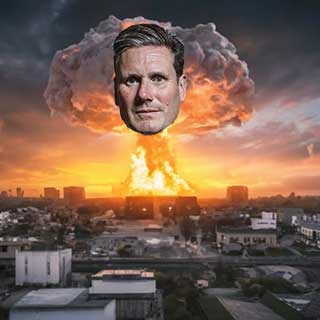


“To: Cabinet Members and Chairmen of Scrutiny and Regulatory Committees
cc: All Members
Dear Councillor,
Filming and Recording of Meetings – new DCLG Guidance
I am writing to draw your attention to Guidance which has been issued recently
by the DCLG entitled “Your Council’s Cabinet – going to its meetings, seeing how
it works – A guide for local people”. This was issued and widely disseminated to
the media on 14 June – without prior consultation with local authorities. Since
release it has received quite wide commentary and some misunderstanding is now
emerging on aspects of the Guidance. This has, inevitably, given rise to the
local debate about photography, filming and recording of Bexley’s formal
meetings, with the potential for disruption and unproductive exchanges.
Specific points that need to be made clear at the outset are:-
The Guidance (and the related Regulations on which the Guidance is based)
relates to Executive Decision making – principally the Cabinet.
The Guidance appears to be at odds with the Regulation on which it is based.
Whilst the Guidance states “Councils should thus allow the filming of
Councillors and officers at meetings that are open to the public” – the
Regulations actually state “Nothing in these Regulations requires a
decision-making body to permit the taking of photographs of any proceedings or
the use of any means to enable persons not present to see or hear any proceedings …”
The Council’s agreed protocol on Behaviour at Council, Committee and
Sub-Committee meetings still stands. This requires that “the permission of the
Mayor/Chairman is to be sought for any audio or visual recording of
proceedings”. This was agreed by the Constitutional Review Panel on 31 March
2010 and confirmed by Full Council on 14 April 2010.
Clearly the Guidance issued by DCLG creates a renewed and general expectation
within the media and local interested groups/individuals that most forms of
filming at any public meeting are a right. In order to address this potential
confusion, the intention is to bring forward a paper to the Constitutional
Review Panel at its next meeting setting out the position and seeking guidance
on the options open to the Council.
In the meantime, last night’s Scrutiny Committee was subject to some disruption
by an individual seeking to record, without the permission of the Chairman.
Although the Regulations and Guidance apply to Cabinet meetings there is
potential for the Guidance to be interpreted more widely as being applicable to
other types of meeting – particularly Scrutiny. Therefore the purpose of this
note is to inform Members that the Council’s current protocol remains in place
and that the Regulations and Guidance apply to meetings of the Cabinet in any
event. Should members of the public attempt to audio/visually record any
Scrutiny or Regulatory Committee meeting the following procedure should be
followed.
The Chairman should begin by stating that audio/visual recording of proceedings
is only permitted with the permission of the Chairman and should also state
whether any permission had been granted.
The person(s) concerned should be informed that the Council’s agreed approach
requires prior consent from the Chairman of the Committee for any audio/visual
recording. If no such consent has been given proceed to stage 3.
The person(s) concerned should be warned that the audio/visual recording is
disrupting the meeting and that they are being warned under Standing Order 75(5)
that they will be asked to leave the meeting if they persist in recording.
If the person(s) continue to attempt to record proceedings they should be asked
to leave the meeting.
If the person(s) do not leave the meeting the meeting should be adjourned if the
business is being disrupted.
If the person(s) refuse to leave the meeting room the Committee Officer will
establish if there is another room in which the meeting can be re-convened.
Prior to re-convening the meeting the Committee Officer will ask the Hallkeeper
to prevent access to the re-convened meeting by the members of the public causing disruption.
The meeting will proceed in an alternative room so long as a suitable room is available.
If a suitable alternative room is not available the meeting will stand adjourned until a later date.
I hope that the above clarifies the position.”
Link to relevant blog.